Children use all their senses to learn about the wonders of the world. The colors and shapes found in nature astound them. The sounds of car horns and barking dogs alert them to potential danger. The comforting feeling that comes after touching the soft fur of a kitten or a puppy reminds them that the world can be a wonderful place to explore.
Learning happens through everyday activities, so broadening the opportunities for hands-on activities allows every child to discover and learn with their senses. Three-year-olds have a natural sense of wonder; they learn with every new day. Providing safe, rich experiences for our youngest learners is a building block for their cognitive growth.
Sensory play activities deepen a child’s repertoire of learning experiences through natural curiosity and discovery. If you’re near a beach and have nice weather, playing in the sand is a great outdoor activity. But when those conditions can’t be met, you can still give students their very own sandy beach sensory experience right in the classroom!
Benefits of Sand and Water Play for Preschoolers
What three-year-old doesn’t love to play with sand or splash in a puddle? Classroom experiences and activities utilizing a sand and water table broaden their learning through tactile sensory information. For example:
- When sand gets wet, it has a tendency to clump together
- Wet sand is better for building than dry sand
- Wet sand sticks to fingers and clothing more than dry sand does
- Sand can be brushed away more easily if it’s dry than if it’s wet
These may seem like simple lessons. But to an early childhood learner experiencing their first time with sand and water play, it opens limitless doors to imagination and cognitive development.
Hands-on play nurtures a child’s ability to solve problems, predict outcomes, and make decisions. It reinforces language concepts, such as the words “dry,” “wet,” or “gritty,” with real-life experience. And it sharpens social and fine motor skill development as well.
Teachers will appreciate the cross-curricular learning experiences that occur when young children experience free play at the sand and water table. Early childhood directors focused on improving the learning space will applaud a well-appointed sensory learning center.
Best Sand and Water Activities for Early Learners
The best activities to extend sand and water play build on the interests and developmental skills of the children. For three-year-olds, here are some activity ideas:
- Filling Graduated Containers – Keeping a supply of containers or measuring cups in graduated sizes allows preschoolers to gain introductory skills in mathematics. They can experiment to see how many times they need to fill the 1/4 cup container and pour it into the 1 cup container to fill it. Children will naturally develop “superpowers,” such as estimating, predicting, and problem-solving.
- Sinking and Floating Objects – Having a varied assortment of heavy and light items available for play is beneficial as well. Trying to predict whether an item will sink or float introduces children to the concepts of buoyancy, weight, mass, and gravity. Why does one thing float and the other one sink? Are there other items in the classroom that can be tested (cups, erasers, or blocks of wood)?
- Excavating Hidden Items – Probably one of the most obvious activities at the sand and water table involves excavating. But the many ways your kids can benefit from this fun assignment may surprise you. Whether your students are digging for buried toy dinosaurs, real seashells, or other items, there’s no end to the learning opportunities involved. Kids can learn to sort, arrange and classify found items as the same, similar, or different. They can learn to group like items together. They can count to see whether more green or red items were found. And they can create simple charts to log their findings—all in the name of play!
Stock Up on Early Childhood Supplies
If you’ve been toying with the idea of setting up a sensory table in or out of the classroom, take a moment to familiarize yourself with all the skills your littlest learners can develop. Sure, it’ll be messy. But if you keep a small supply of art smocks and a simple broom and dustpan nearby, a sand and water table is easily managed.
School Specialty has everything your preschool classroom needs to get started with sand and water play activities. Visit our comprehensive collection of supplies geared toward early childhood learners today.

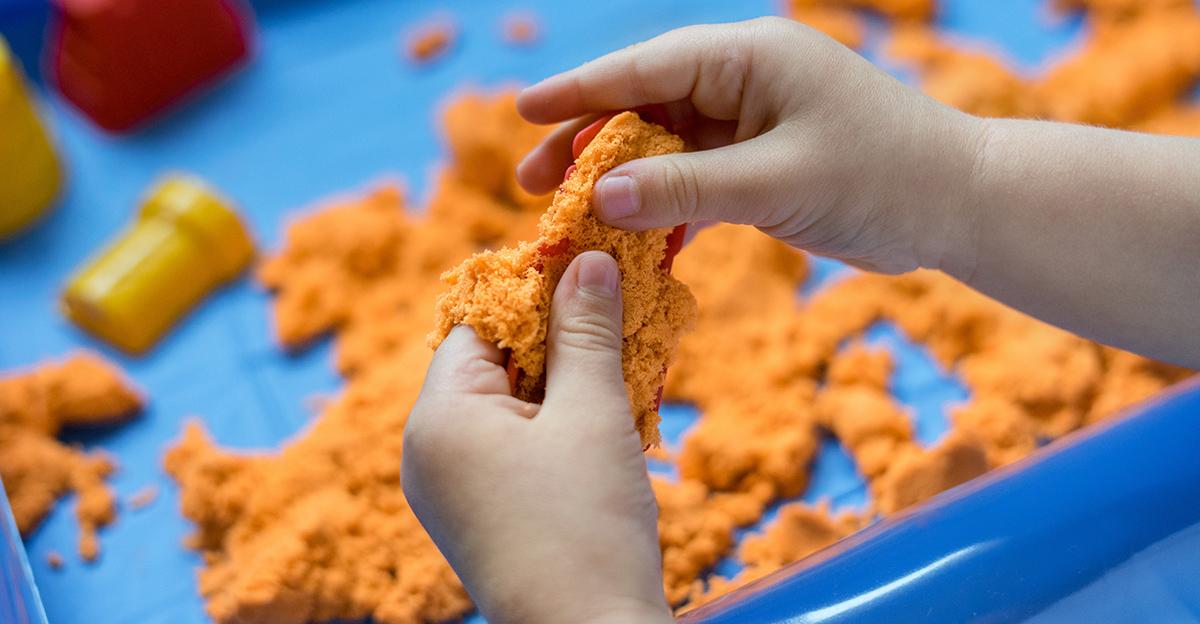
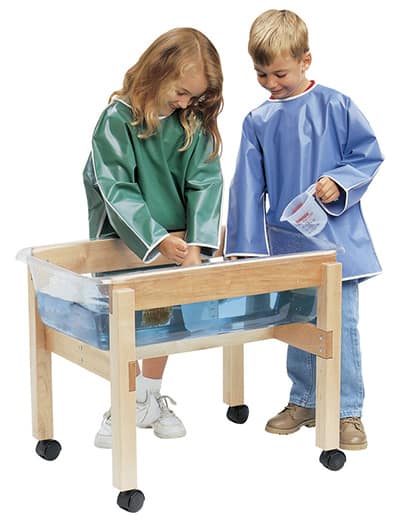
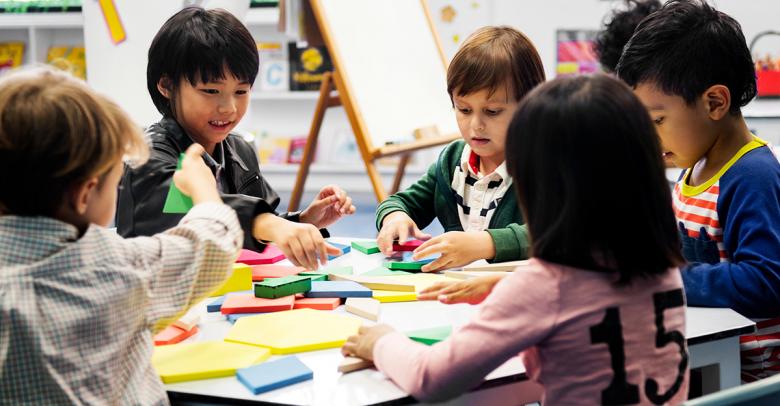
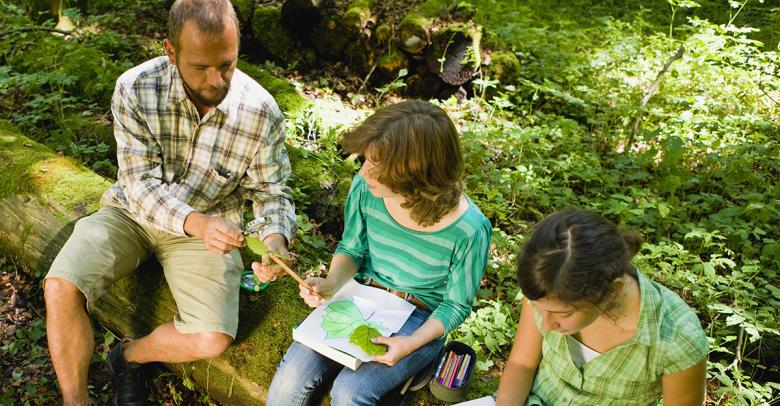
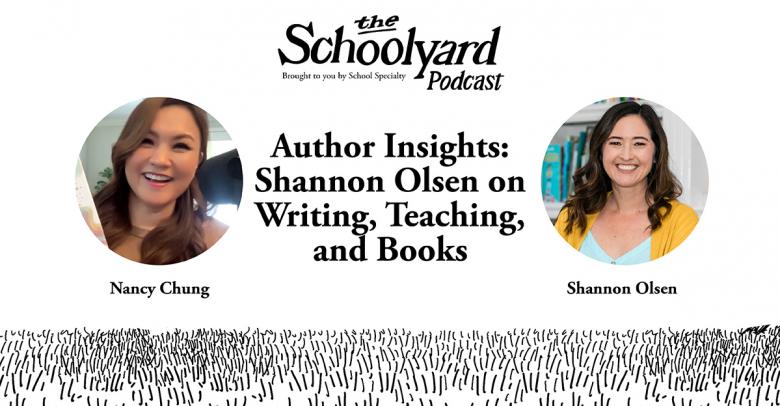
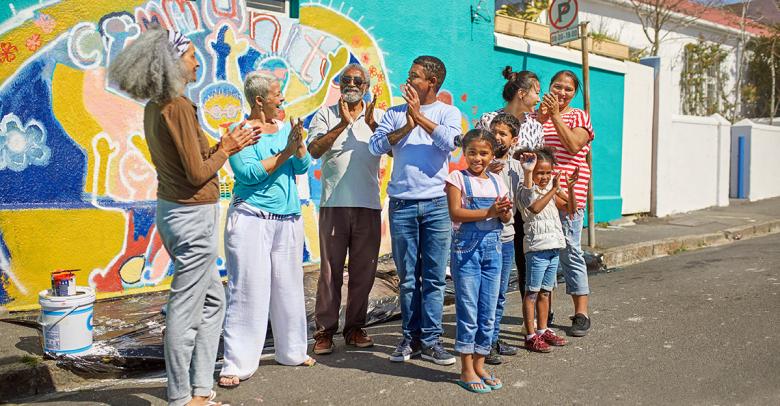
Leave a Reply